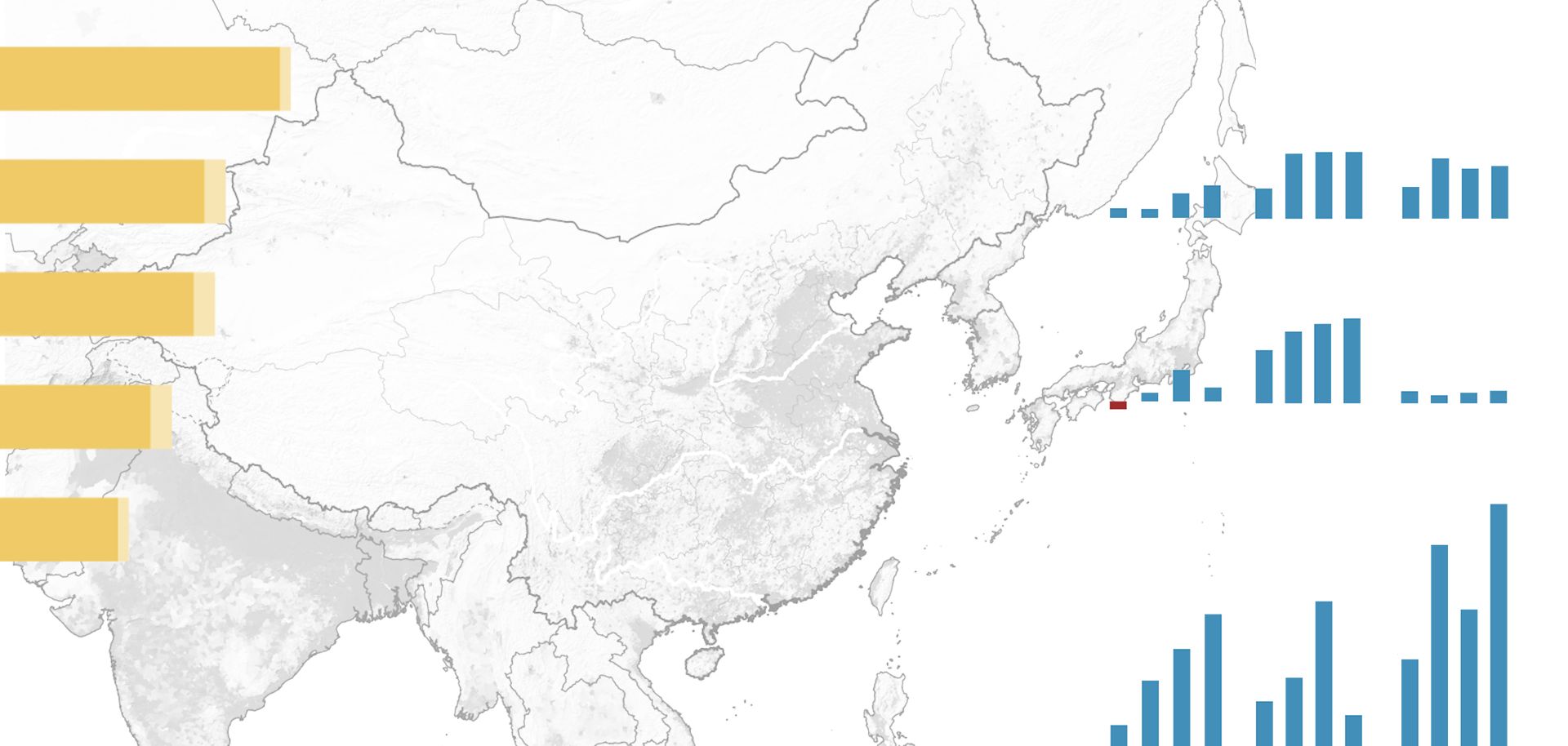
The study of the Middle East is a study of conflict. For many years, that conflict was waged in the Sinai Peninsula, a land bridge that connects Israel and Egypt. Between 1948 and 1979, the two countries fought four full-scale wars and engaged in several other skirmishes. The peace treaty of 1979 largely brought those conflicts to an end and, in doing so, transformed the peninsula into a buffer zone between the two belligerents.
In 1981, the Multinational Force and Observers (MFO) was established to enforce the terms of the treaty. The peninsula was subsequently demilitarized and divided into four zones, each with its own limitations on how many Egyptian and Israeli soldiers could be stationed there. Several countries, most notably the United States, also have a troop presence in the zones.
On Aug. 19, U.S. officials revealed that Washington may introduce changes to Task Force Sinai, the U.S. contingent of the MFO. Should those plans come to fruition, a number of options are on the table. But realistically, the United States can either increase the size and capability of the force or withdraw it entirely. Washington is re-evaluating its position in Sinai because of the proliferation of militants there: The MFO was designed to deter hostilities between two nation-states, not to defend the area from a protracted militant campaign. If the U.S. contingent withdraws, the MFO would inevitably disband. The elimination or degradation of the force sustaining the long-dormant border between Israel and Egypt could create tension in an already complicated relationship.



